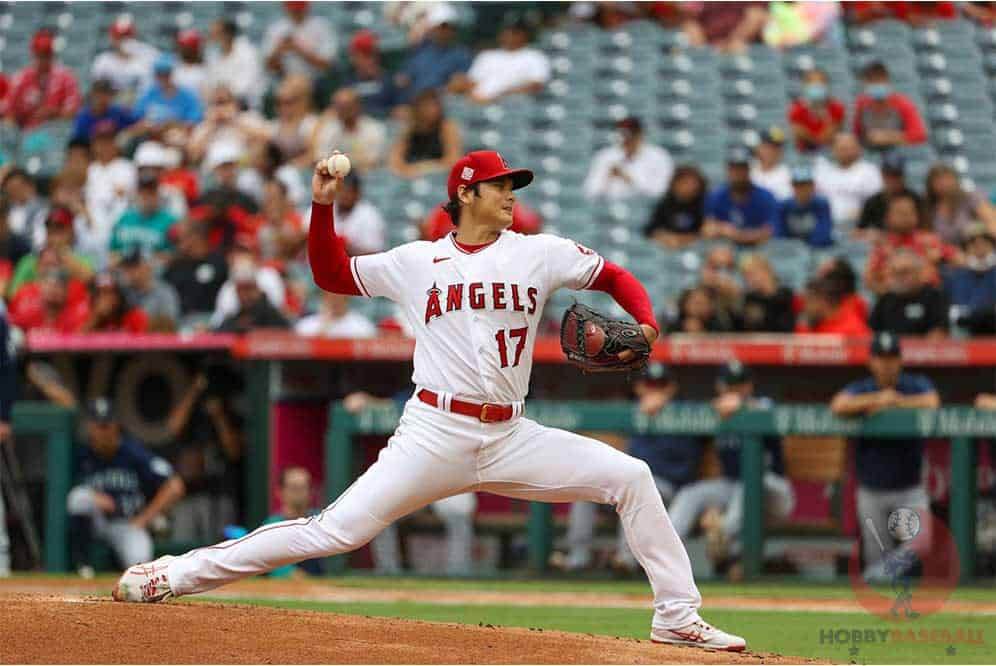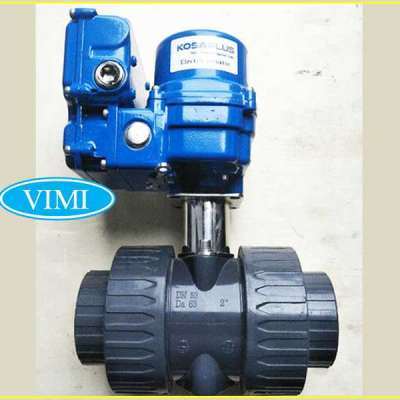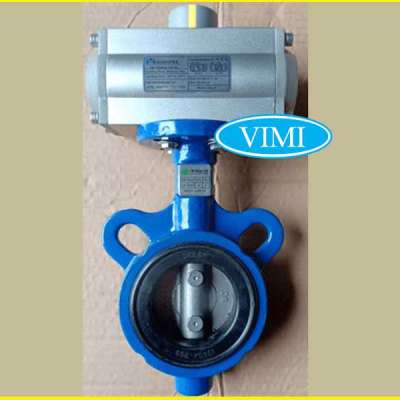What Is ERA In Baseball - Important Things You Need To Know
ERA, or Earned Run Average, is a term frequently used in baseball, particularly among pitchers. It is a statistic used to measure the effectiveness of a pitcher over a specific period of time. In this article, we will delve into what ERA is, how it is calculated, its significance in baseball, and some important things you need to know about it.
What is ERA in Baseball?
Earned Run Average, or ERA, is a statistic used to measure the effectiveness of a pitcher in giving up earned runs. An earned run is a run that is scored without the aid of an error or a passed ball. For instance, if a pitcher gives up a home run, and all players involved in the play executed their responsibilities well, it is considered an earned run.
ERA is determined by dividing the number of earned runs a pitcher gives up by the number of innings pitched and then multiplying the result by nine. The formula for ERA is:
(earned runs ÷ innings pitched) × 9
For instance, if a pitcher gives up 3 earned runs in 6 innings pitched, their ERA would be 4.50.
How Is ERA Calculated?
ERA is calculated by taking the total number of earned runs a pitcher has allowed over a specific period of time and dividing it by the total number of innings pitched over the same period. This number is then multiplied by nine to give the pitcher’s ERA.
It is important to note that pitchers are not solely responsible for all runs scored against their team. Some runs may be unearned due to errors made by the fielders. Therefore, ERA only takes into account the runs a pitcher is responsible for, i.e., earned runs.
Why Is ERA Important In Baseball?
ERA is an important statistic in baseball because it helps to evaluate a pitcher’s effectiveness over a specific period of time. It is one of the primary tools used by coaches and managers to evaluate a pitcher’s performance. It is also used to compare pitchers against one another.
ERA is a useful statistic because it takes into account the number of innings pitched. A pitcher who has given up only a few earned runs over a small number of innings may have a low ERA. However, this does not necessarily mean that they are an effective pitcher in the long run.
Additionally, ERA is a measure of a pitcher’s consistency. A pitcher who has a consistently low ERA is likely to be more effective in the long run than one who has a high ERA with sporadic low-scoring performances.
Things to Know About ERA
A good ERA depends on the league and the era in which the pitcher played
ERA is highly dependent on the league and the era in which a pitcher played. Pitchers in the past may have had lower ERAs due to the conditions of the game at the time, such as larger ballparks and fewer home runs.
The league average ERA changes every year
The league average ERA changes every year, so it is important to compare a pitcher’s ERA to the league average for that specific year.
ERA is not the only measure of a pitcher’s effectiveness
ERA is just one of the many statistics used to evaluate a pitcher’s effectiveness. It is important to look at other statistics, such as WHIP (Walks plus Hits per Inning Pitched) and Strikeouts per 9 innings, to get a complete picture of a pitcher’s performance.
Author: ZaneWiller
#whatiserainbaseballhb #whatiserahb #hobbybaseball #hobbybaseballdotcom #zanewillerhobbybaseball
Read More: https://hobbybaseball.com/what-is-era-in-baseball/
Like
Comment
Share
















